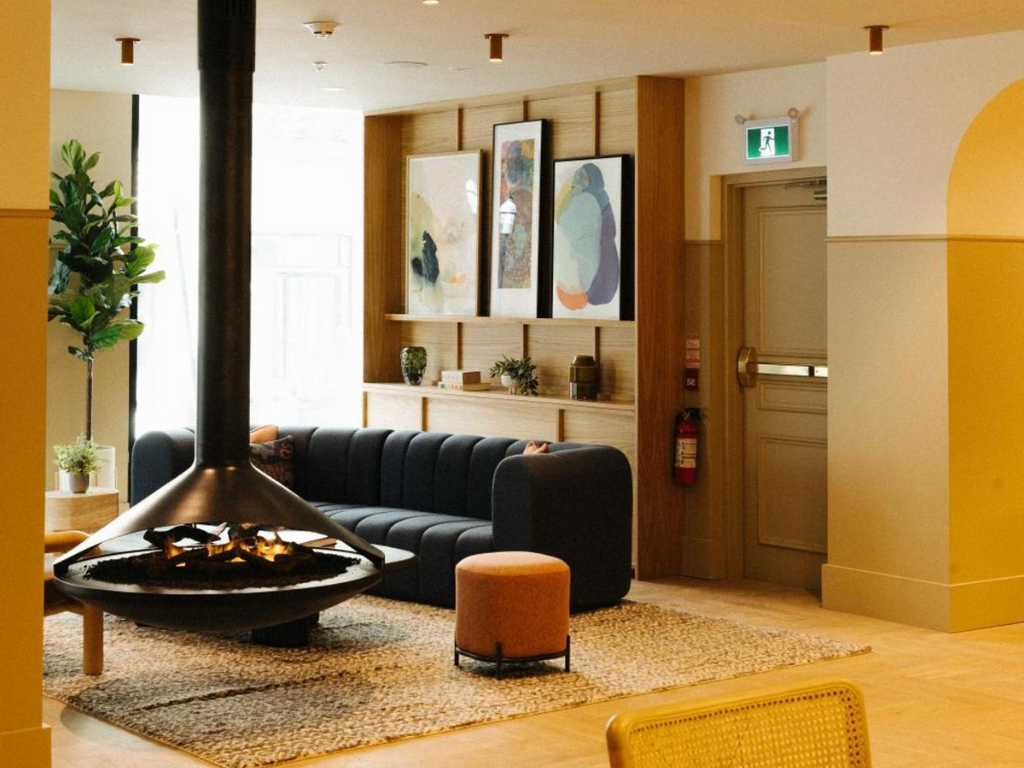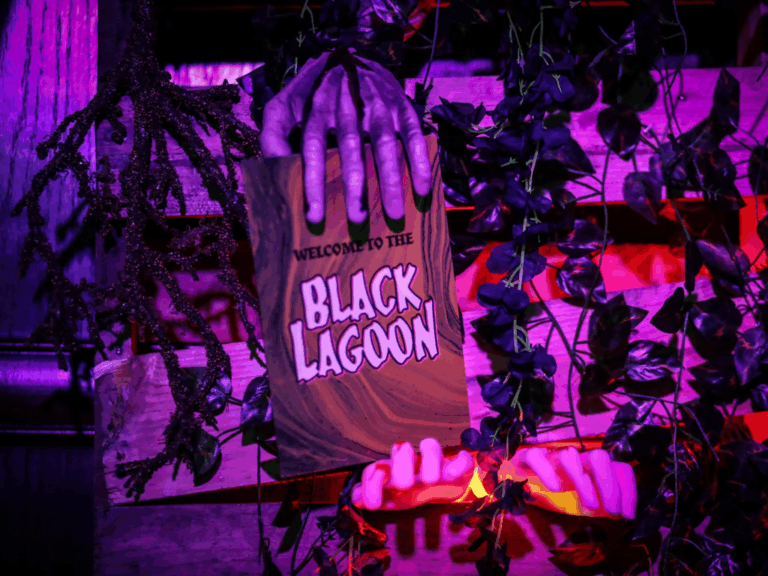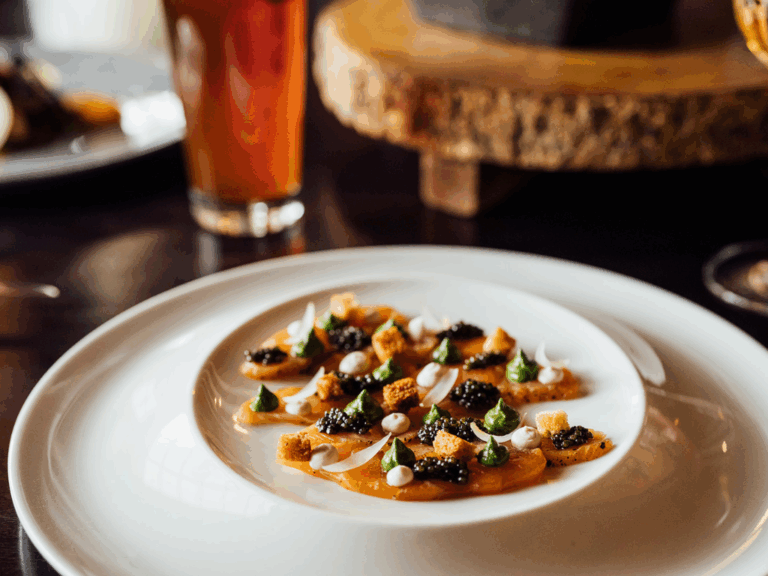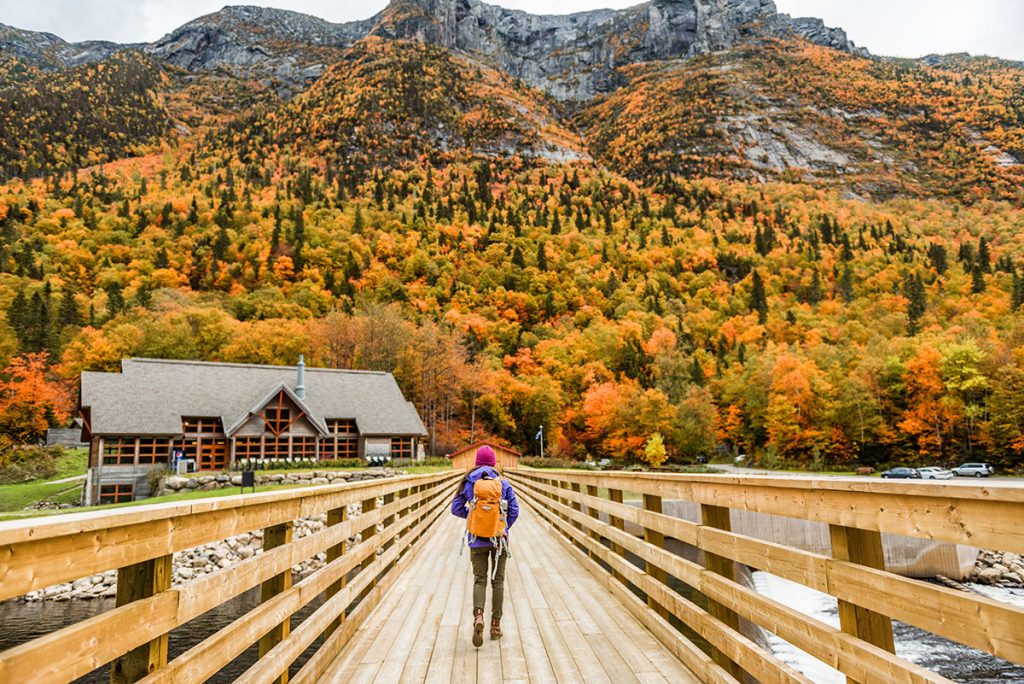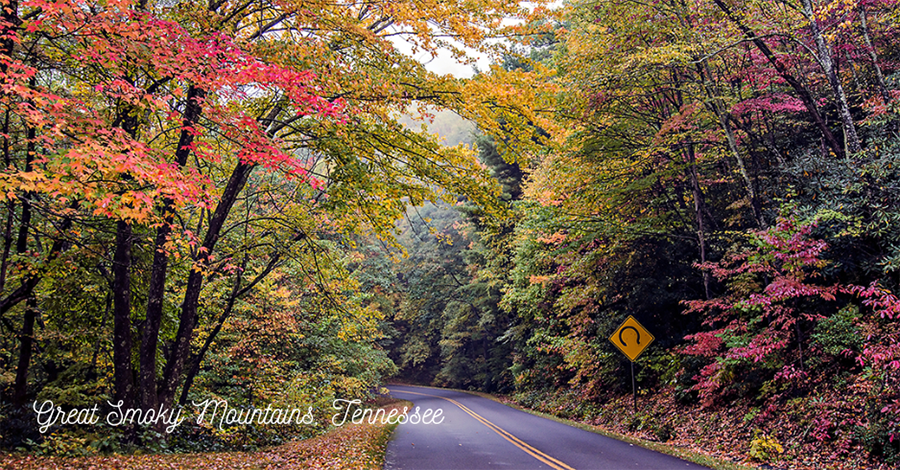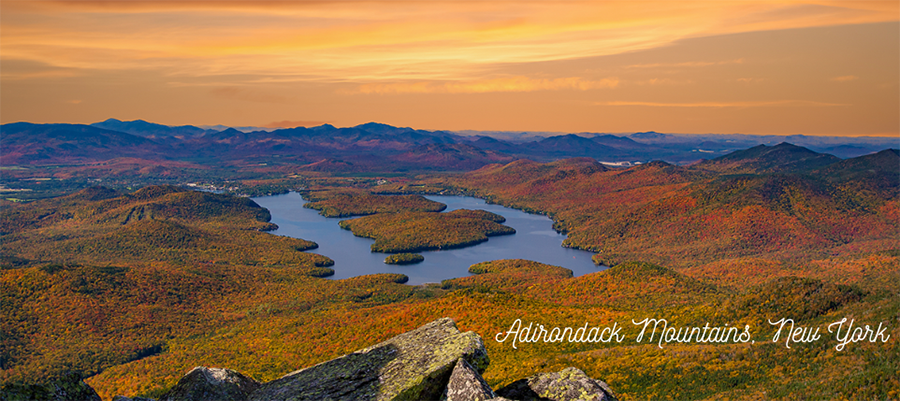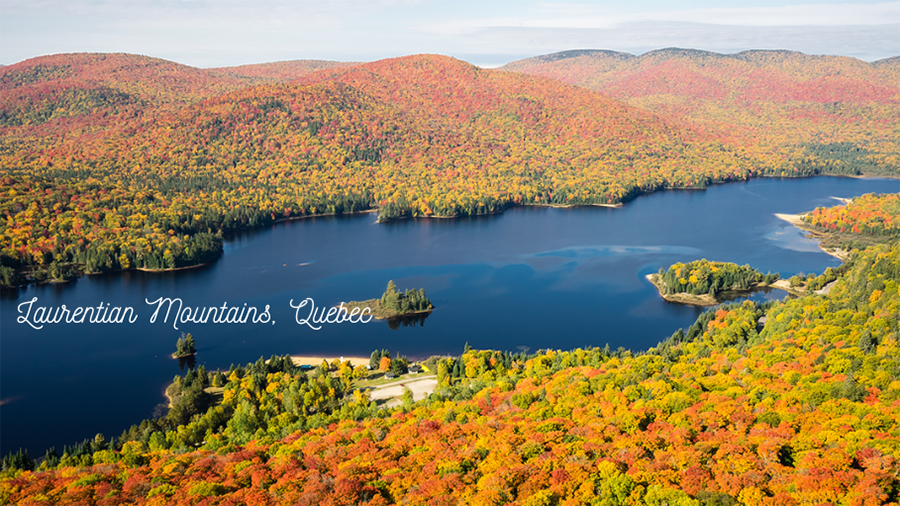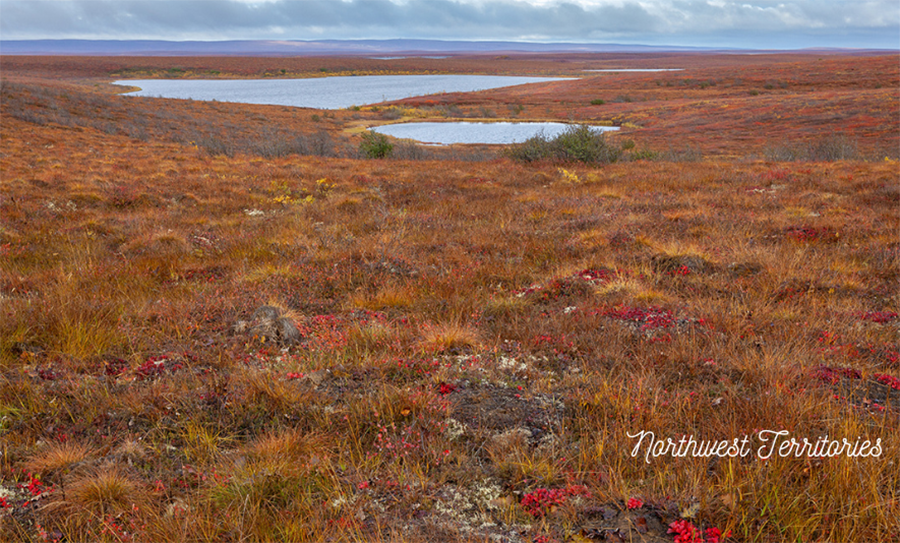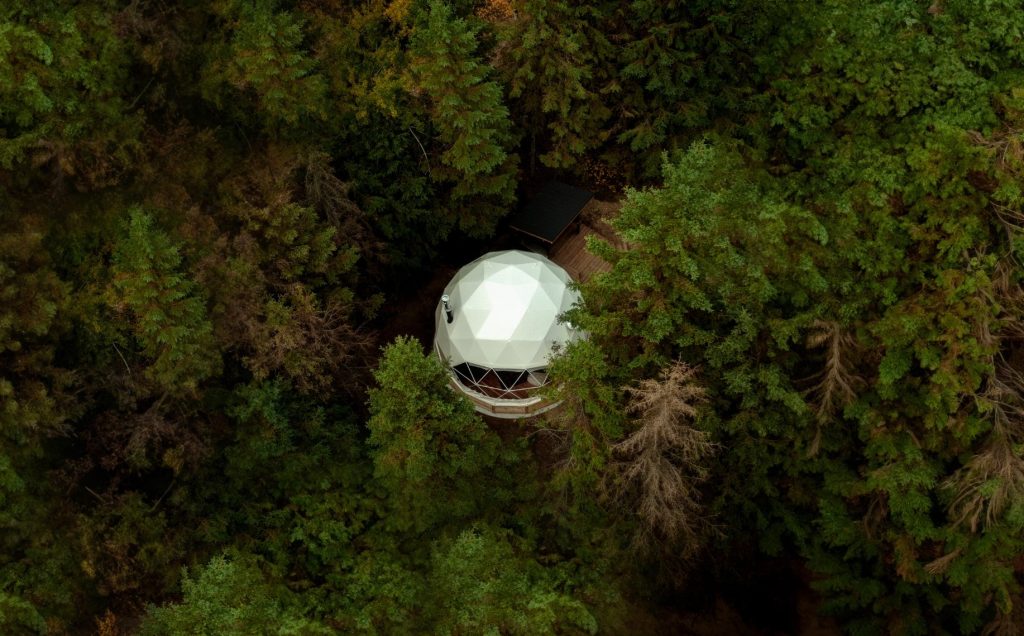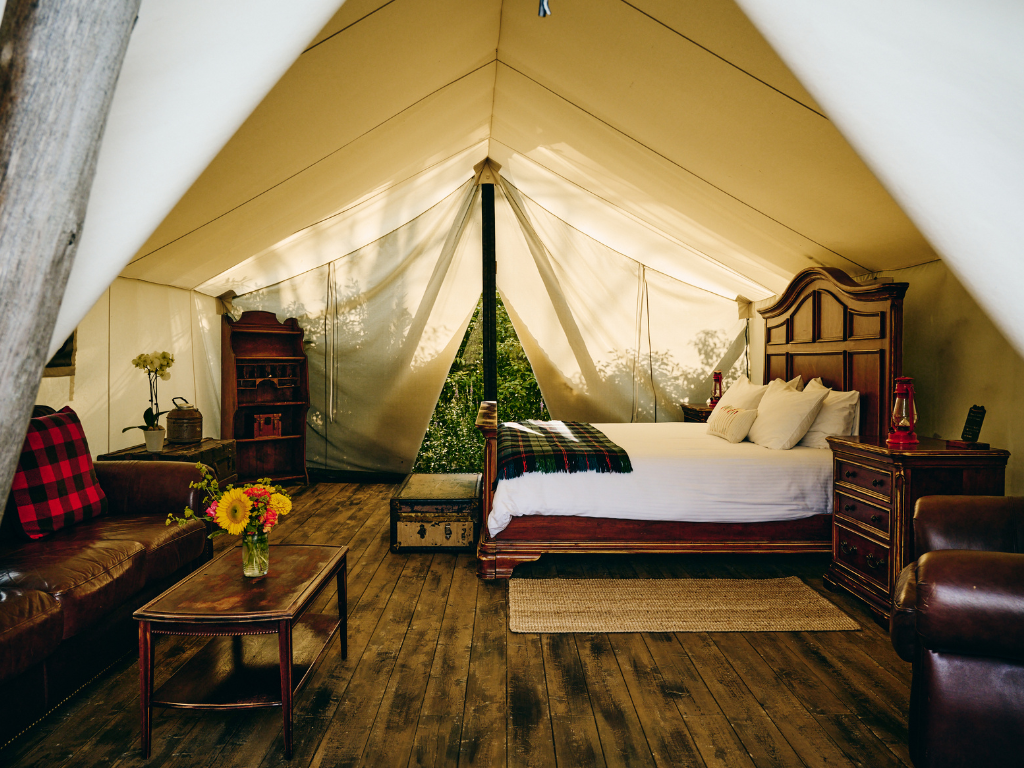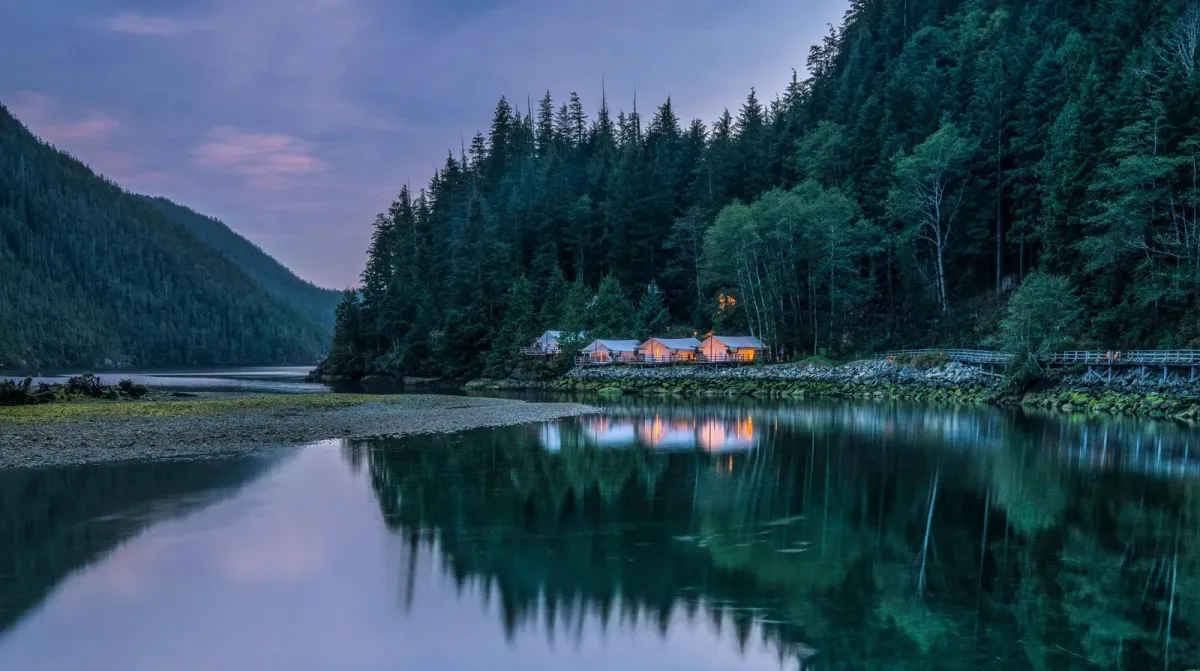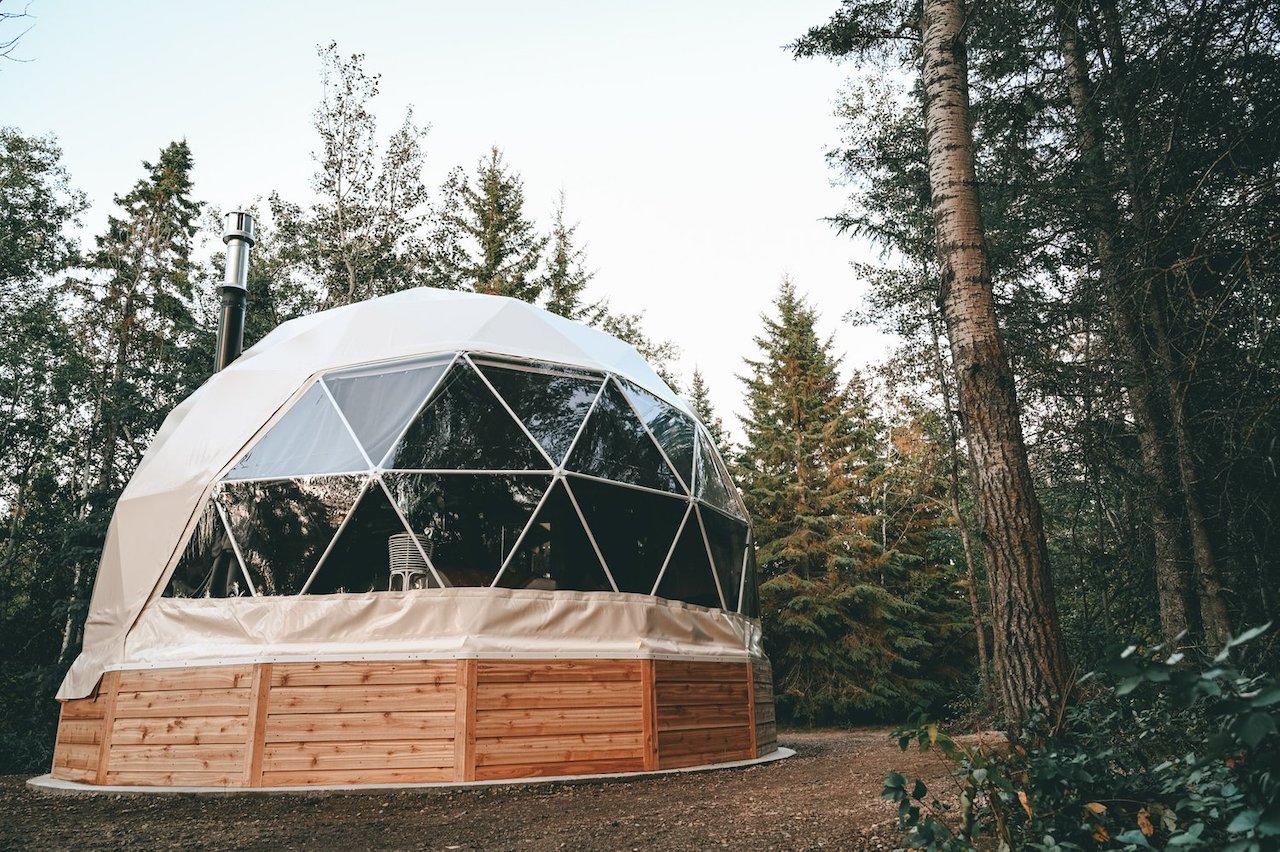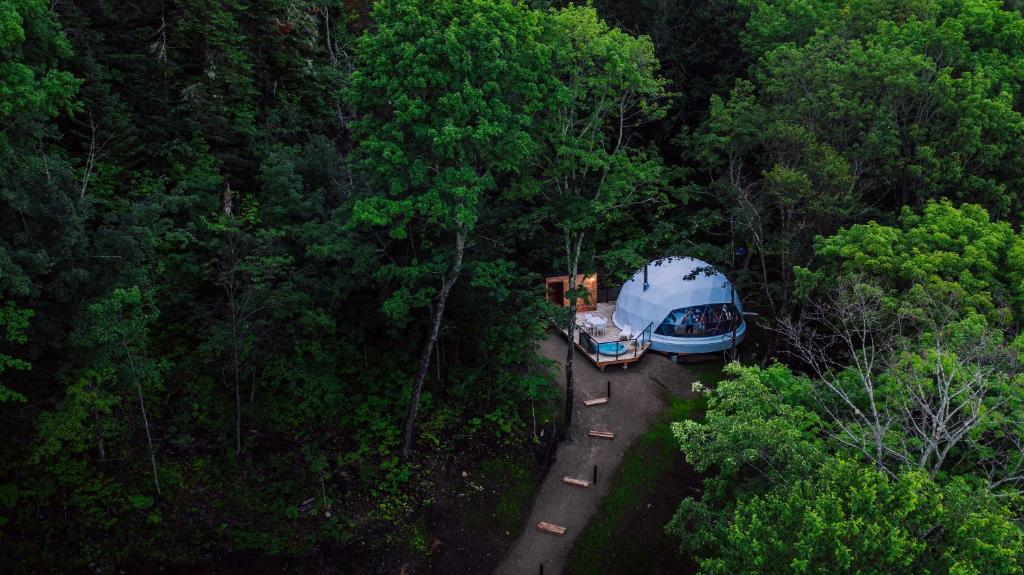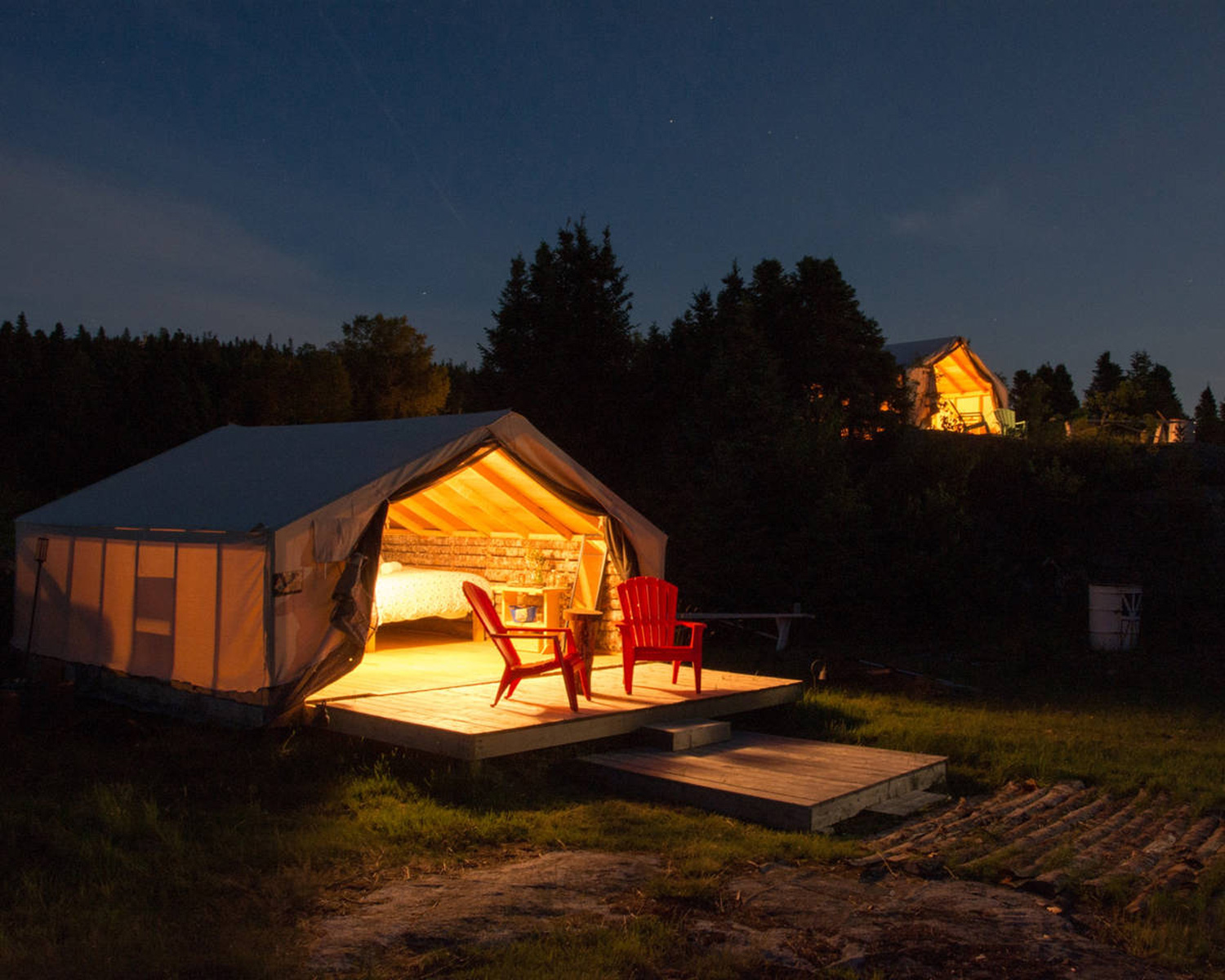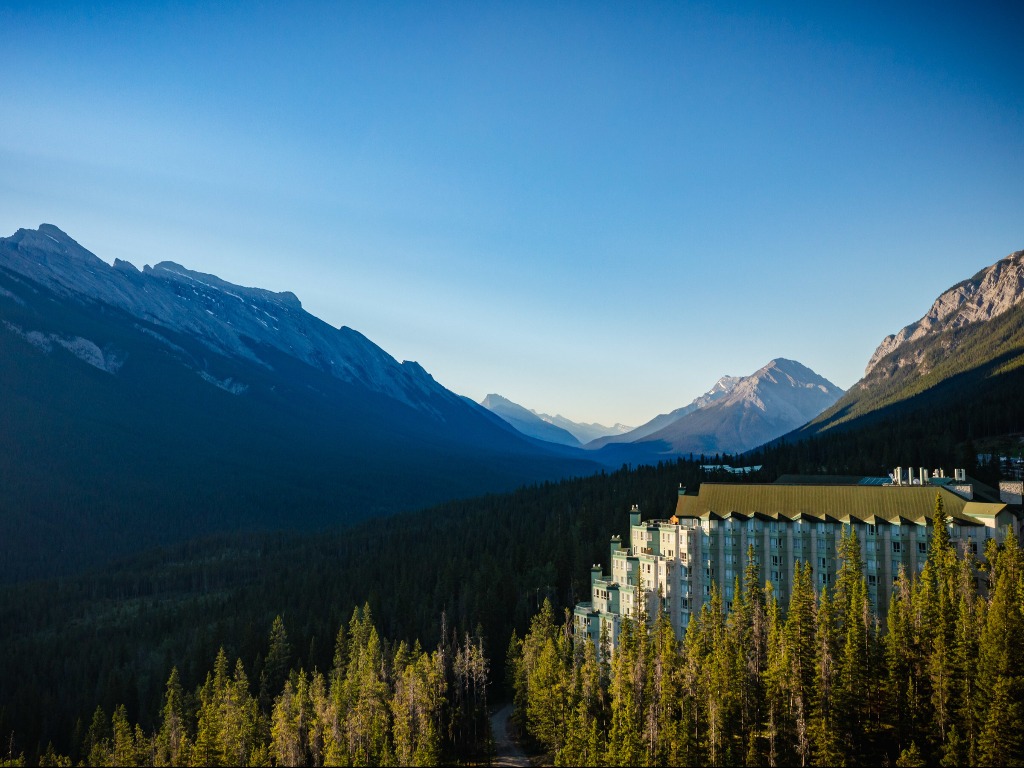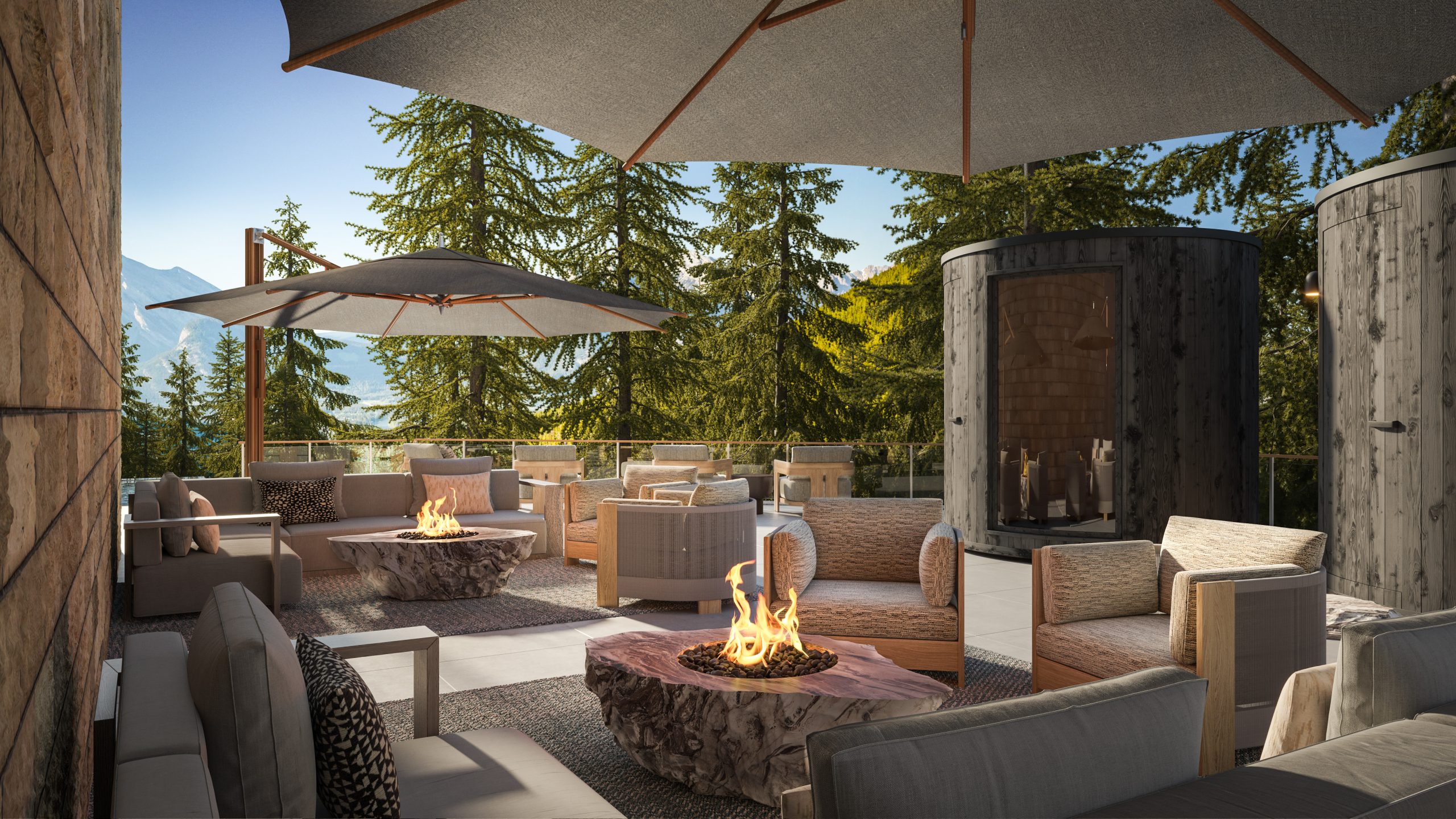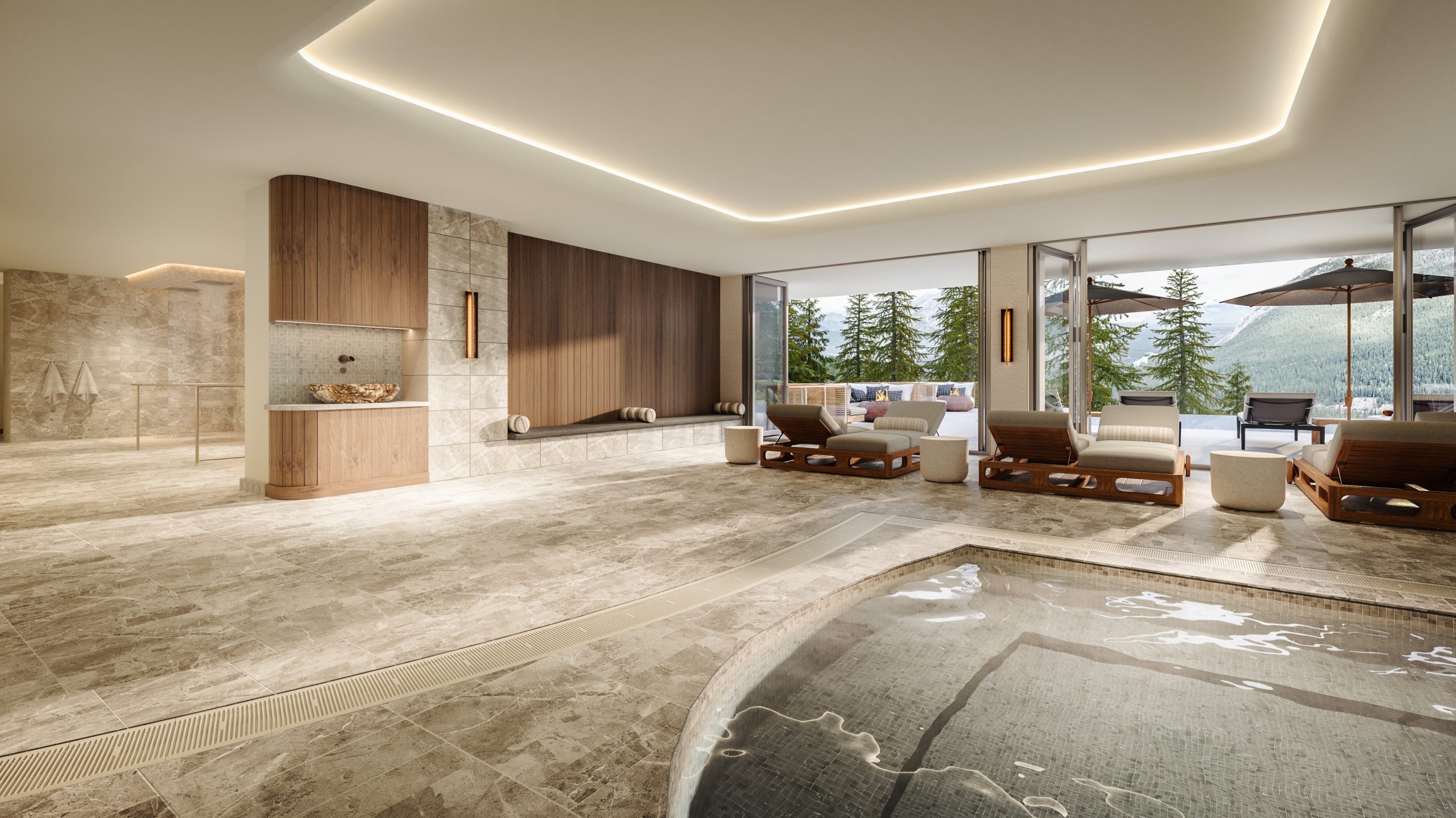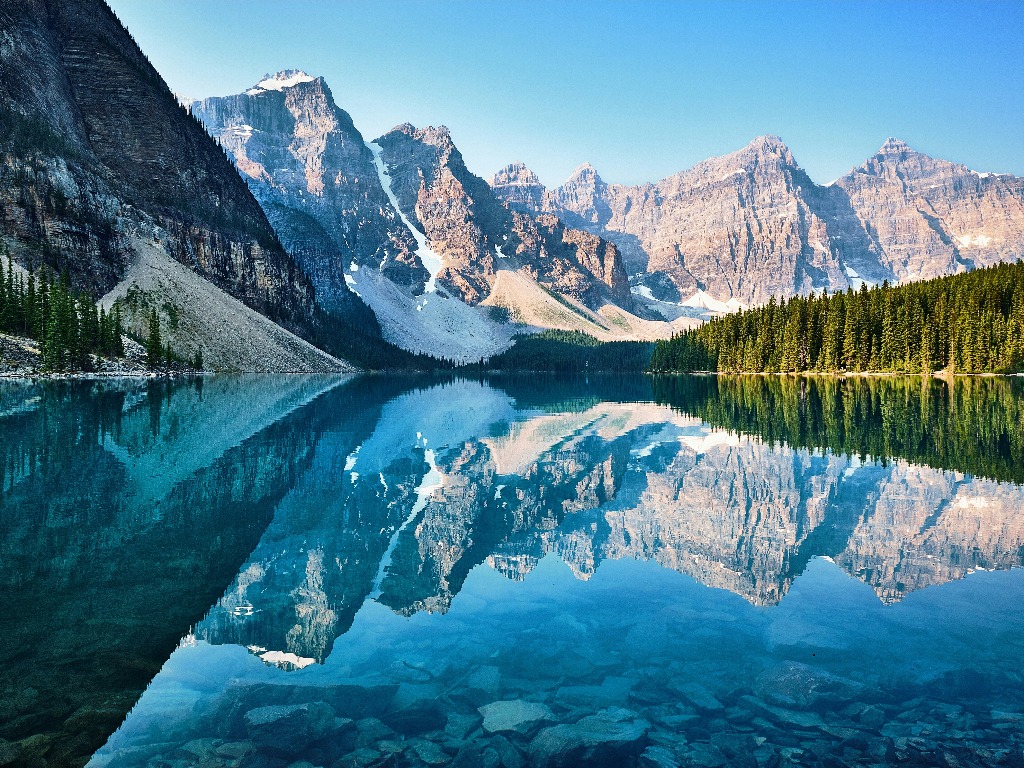
Toronto’s Ace Hotel is Transforming its Rooftop into a Winter Chalet
Toronto may be deep in hibernation by December, but one downtown hotel is determined to pull travellers and locals back out of it – in the best way. Ace Hotel Toronto has launched an entire season of winter happenings, anchored by the return of its rooftop Winter Chalet pop-up and, yes, actual outdoor curling overlooking the city.
From December 2 through February 28, the hotel transforms its rooftop bar, Evangeline, into a cozy indoor-outdoor chalet experience complete with twinkling lights, warming cocktails, blankets and fire pits. The star: a brand-new Lot 40 outdoor curling rink that lets you play a match set against the Toronto skyline. Thirty-minute sessions are free and operate on a first-come, first-served basis – ideal for travellers looking for a fun, spontaneous winter activity between meals and museums.
Those who prefer to spectate (or sip) can linger inside with seasonal drinks, curated snacks and the kind of hygge-leaning ambiance that makes you forget you’re several storeys above the city streets. Evangeline is also debuting a cocktail lineup designed for cold-weather comfort, courtesy of bar manager Aaron Hatchell. Expect aromatic flavours, mulled wine, a classic hot toddy and a “Smooth O-pear-ator,” a non-alcoholic pear-and-winter-spice cocktail. Reservations for the bar are highly recommended.

Fireside Workshops, Design Collabs, and a Festive DJ Series
Within the hotel, Ace has programmed a full slate of festive events:
Wreath-Making With Philia Flora
December 16, 6–8 p.m.
Create your own wreath using seasonal botanicals at this hands-on workshop led by Toronto floral designer Philia Flora. Tickets will be available via the Ace website.
Jingle Bell Hop Holiday Takeover
December 20, 10 p.m.
A one-night holiday bash with festive cocktails, cosy beats and a playful, over-the-top holiday aesthetic — think DJs, dancing and winter-themed indulgence. Tickets ($10) are now on sale.
Cool Intentions: A New Year’s Eve Party at The Lobby
December 31, 10 p.m.–2 a.m.
Ace Hotel’s NYE celebration takes over the Lobby bar for a night of music, cocktails and a low-key-cool atmosphere. Early bird tickets ($25, then $40) are now available.
Alpine Noir: NYE at Evangeline
December 31, 10 p.m.–3 a.m.
For a more elevated option, Evangeline hosts Alpine Noir, a high-altitude celebration with DJ sets, photobooths, dance-party energy and a fashionable dress code. Tickets include bubbles at midnight plus access to the new DJ booth overlooking Toronto’s skyline. Early bird tickets start at $120.

